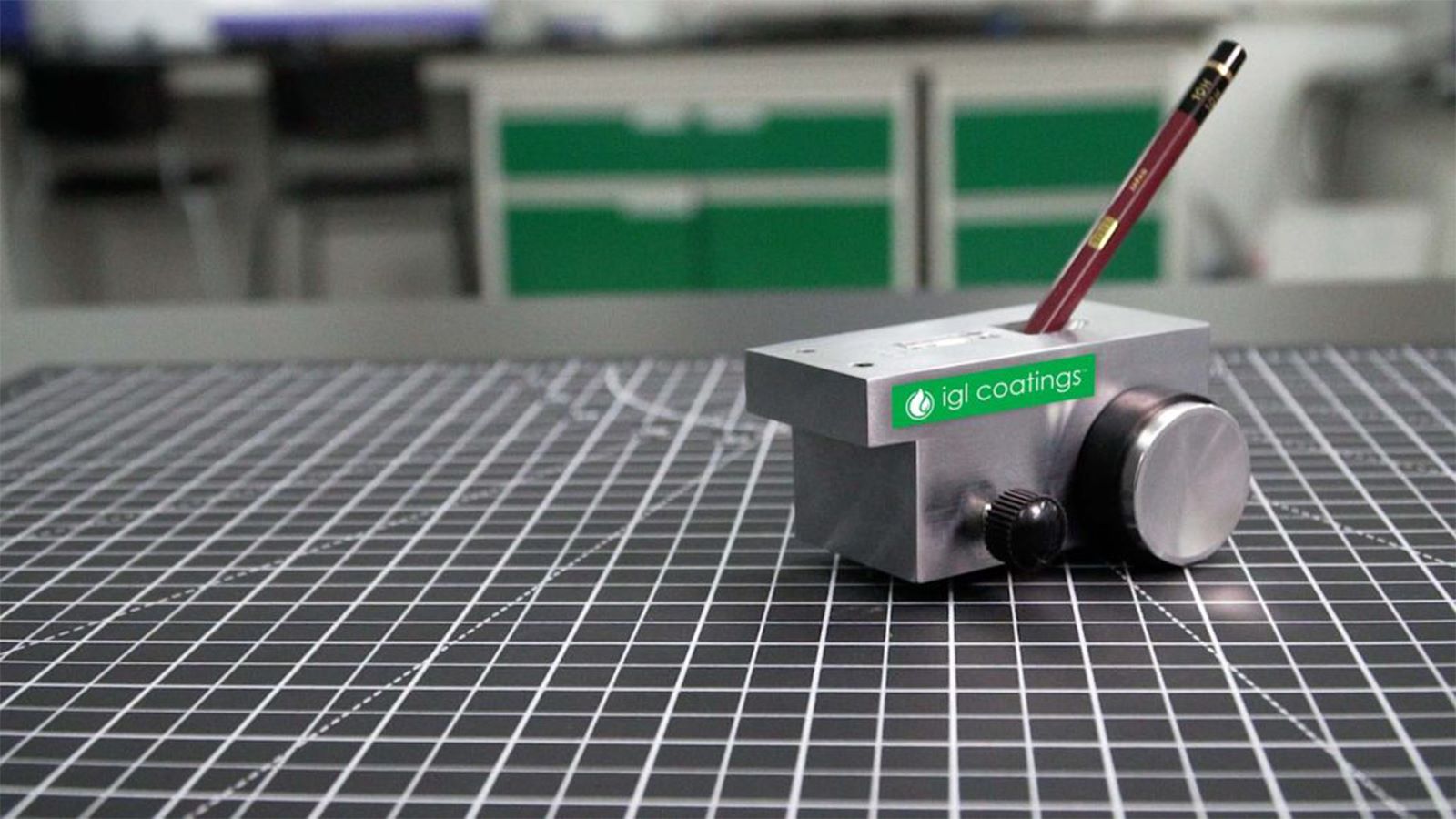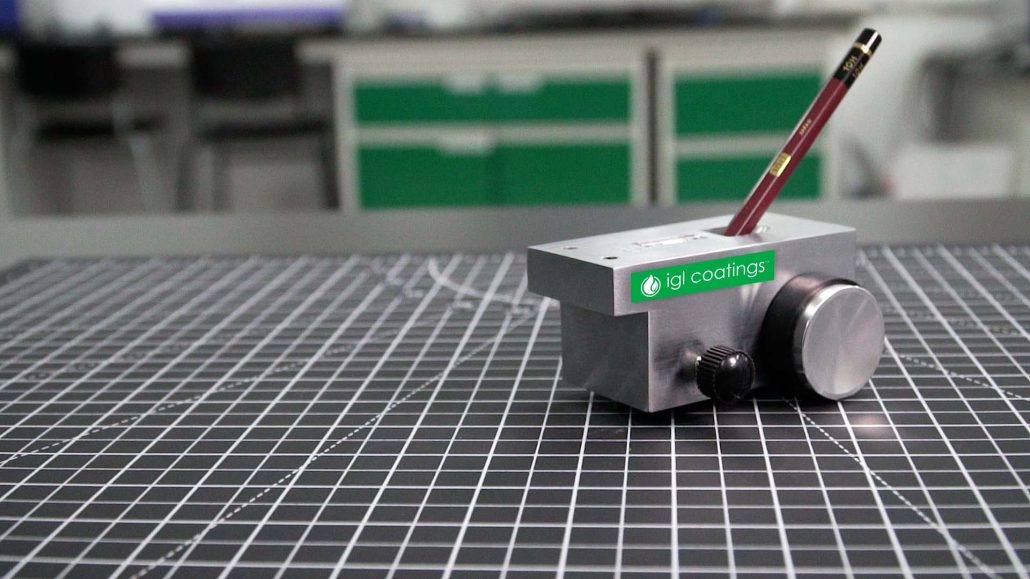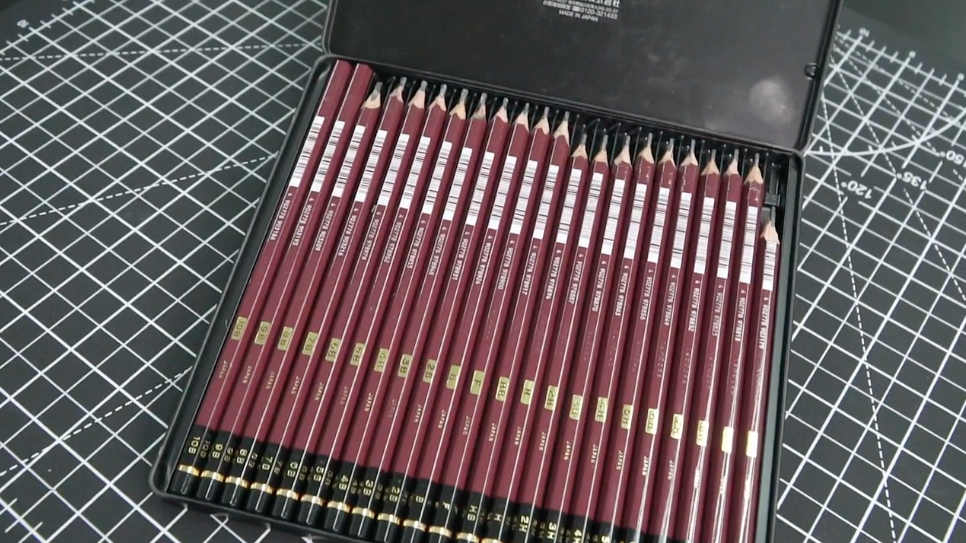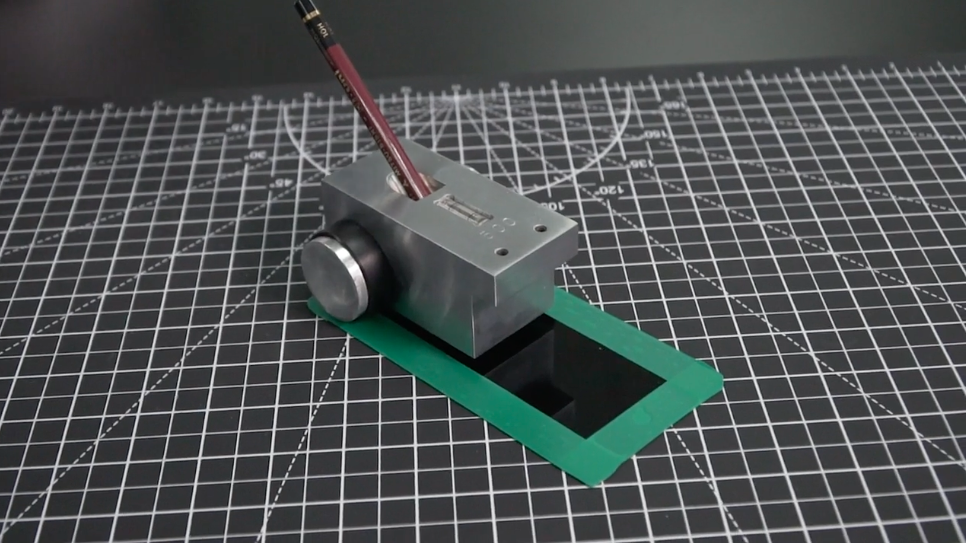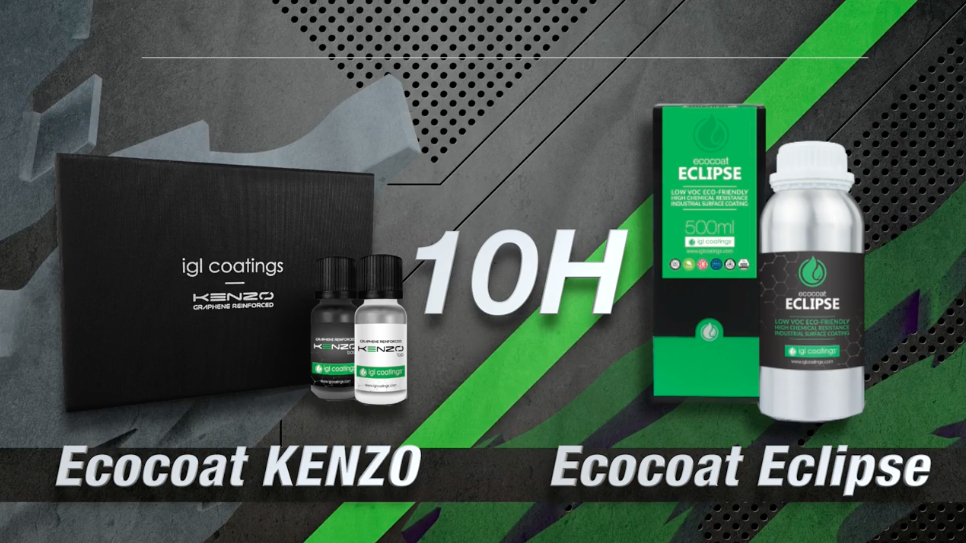Is there a difference between a 10H and 9H ceramic coating? What does it all mean? Does 10H really exist? Is 10H better than 9H? We’re tackling your hard questions right here.
First! You’re probably wondering what is all the full about 9H and 10H?
The H in 9H ceramic coating and 10H is for Hardness
H stands for Hardness. Much like a Hard Hat that protects your noggin’, Hardness is the ability of the surface to resist deformation. i.e. dent / scratch / change its appearance.
There are a few different types of ways of measuring hardness and the 3 most common ones are :
- Scratch hardness;
- Indentation hardness; and
- Rebound hardness.
Scratch hardness is the most commonly used measurement of test in the industry. But many in the industry get it confused between pencil hardness and mineral hardness.
Mineral Hardness and Pencil Hardness
There are major 3 scales for measuring mineral hardness are – the MOHS Scale, Ridgeway Scale and Wooddells Scale.
You’re probably familiar with the MOHS Scale, which is based on the relative scratch hardness with diamond assigned to the value of 10, being the hardest and talc at 0. See the image below for an idea of the Scale.
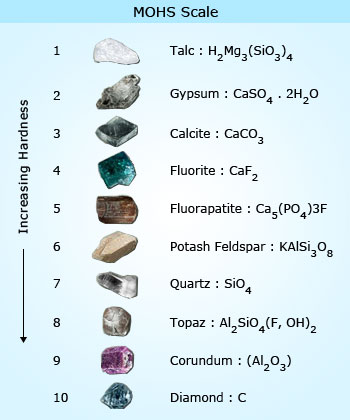
But! Is this MOHS Scale what most automotive ceramic coatings refer to?
The answer is No.
What? Seriously?
Yes! Now Let’s go back in time for a bit of history on measurements.
Why the Pencil Hardness Scale is the Preferred scale for 10H and 9H ceramic coating?
ASTM International, the organization on international standards, realized that the scales used to measure minerals were unsuitable for measuring coatings or films.
ASTM then decided to standarise the method to measure film by using – the Pencil Hardness Scale!
Measuring by pencil hardness has been used by the coatings industry for decades. And it has been used to measure the hardness of clear coatings, pigmented coatings and cured coatings.
But why is this method preferred over other methods of testing ?
Mainly because it’s simple, reasonably consistent and affordable to do on your own.
It is especially useful as it can be conducted inhouse; progressing developmental work, monitoring production and quality control testing.
Like its namesake, the Pencil hardness test uses Pencils!
And Grading Pencils come in an assortment of both HARDNESS and BLACKNESS and pencils are available easily.
Just like the Elmo:
- B is for “Blackness” with the 2B pencil being lighter than a 7B pencil with the 10B being the darkest. The scale of Blackness starts with B to 10B (with 10B being the darkest); while
- H is for “Hardness” and follows a scale from H to 10H with 10H being the hardest. 10H is also the lightest as it is hardest and would leave the least amount of graphite on the surface.
How does it test the limits of a 9H Ceramic Coating?
To obtain the Pencil Rating, the highest grade pencil, 10H, is selected and a line (or mark) of about a half inch long is made. If the pencil scratches (or makes a mark) on the surface, then another softer pencil (9H and so on) will be used until the first pencil is obtained that doesn’t scratch (or mark) the surface.
Tests are then repeated on the same or similar surface to make sure the results are consistent.
So what about 10H? Is it Better than 9H Ceramic Coating?
Some say that the highest rating is 9H and 10H is bs. In actual fact, some coatings are so hard that the 10H pencil won’t scratch them and these surfaces are rated 10H to designate their hardness.
Want to know more? Watch our video right here:
So what are 10H Coatings then? Ceramic Coatings like IGL Kenzo, Ecocoat Eclipse are rated 10H for their hardness and have been tested internally and by third party independent international labs. 9H coatings like Ecocoat Quartz, and Quartz+ are amazing coatings on their own as well!
Is a 10H Ceramic coating better than 9H ceramic coating?
Measuring on a scale of pencil hardness, the answer would be YES! 10H is definitely harder than 9H.
The pencil hardness test is just one of the many different tests that evaluate the ceramic coating’s performance. Most ceramic coatings test abrasion, impact resistance, adhesion, oxidation, gloss, UV resistance, yellowing, drying times, chemical resistance and more. And all of these tests and features are important aspects in a ceramic coating.
Not all coatings are made equal and not all have the same strengths. Ceramic Coatings with UV resistance may not have the same heat or abrasion resistance as another coating. Every Ceramic coating is designed for its own purpose. A great coating factors in so many other factors like gloss retention, slip angle, hydrophobicity, ease of application, VOC and more.
Lucky for you, IGL Coatings’s Ecocoat range has a variety of ceramic coatings to suit different needs, surfaces, application techniques and price! From 7H coatings to the original true 10H ceramic coatings, find out more about IGL Coating’s full range of products and services at iglcoatings.com and chat with us!
About IGL Coatings
For more information on our extensive range of innovative and sustainable coatings and products – visit www.iglcoatings.com for more information. IGL Coatings is a multi award winning, leading brand in North America. Available in more than 50 countries worldwide, get your hands on the latest products and information now!
Want to get the latest news and updates from IGL Coatings? Subscribe to our exclusive insider newsletter for Now!! No Purchase or Spammy Emails, we Promise!

